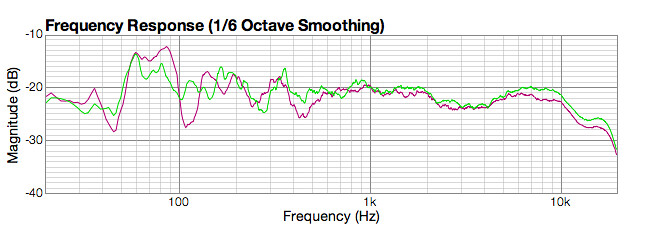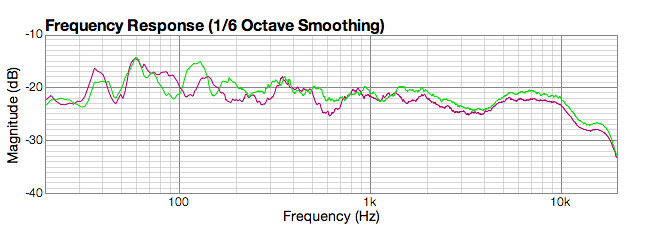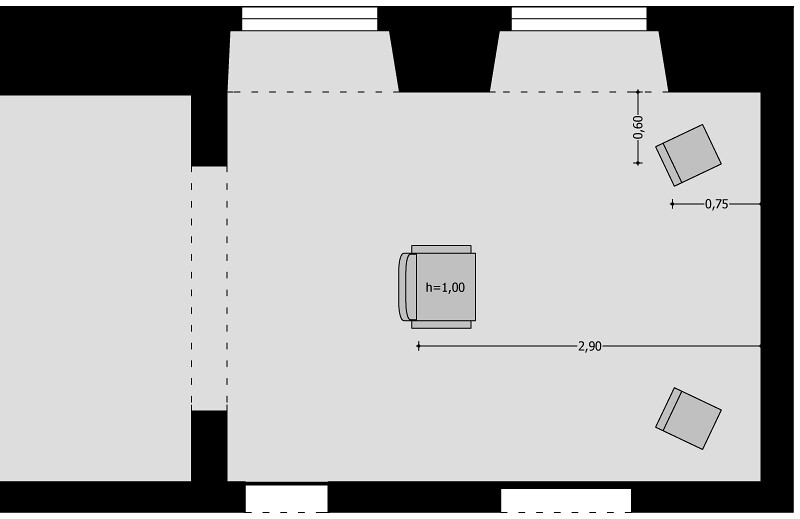When buying my first HiFi in 1980 the agreed wisdom was to purchase the best source you could afford. Nowadays it seems speakers are the most important part in the chain and judging from several threads, one of the most frequently swapped parts. Given that to hear your system at its best the speakers must be in their optimum position, my question is "How do you find that perfect placement?"
From a personal point of view, I dont need an audio analysis of my room to tell me that my listening area is not ideal, the room layout governed by SWMBO. Until now I have accepted that I probably wasnt hearing my system at its best but made do with it being good enough.
That all changed when I came across The Art of Rational Speaker Placement, a version of Master Set Speaker Positioning. After several hours I now have the sound, no make that the music I always wanted. It wasnt the suspended wooden floor, unequal room, or soft furnishings which dragged down the sound but speaker position. Its been a revelation. I initially did this from instructions I found online for free but was so pleased with the results I purchased the detailed instructions from The Art of Rational Speaker Placement website. Also Bob was very helpful when answering my queries. Without doubt the best $40 ever spent on my system.
So, having answered my own question, I would be very interested in other setup methods you have found helpful. Specifically speaker placement methods rather than room treatments/analysis.
I think Speaker postion is second only to Mastering in obtaining the audio quality we all seek. It would be very helpful to newcomers if there was some detailed advice on the Forum on speaker positioning methods.
From a personal point of view, I dont need an audio analysis of my room to tell me that my listening area is not ideal, the room layout governed by SWMBO. Until now I have accepted that I probably wasnt hearing my system at its best but made do with it being good enough.
That all changed when I came across The Art of Rational Speaker Placement, a version of Master Set Speaker Positioning. After several hours I now have the sound, no make that the music I always wanted. It wasnt the suspended wooden floor, unequal room, or soft furnishings which dragged down the sound but speaker position. Its been a revelation. I initially did this from instructions I found online for free but was so pleased with the results I purchased the detailed instructions from The Art of Rational Speaker Placement website. Also Bob was very helpful when answering my queries. Without doubt the best $40 ever spent on my system.
So, having answered my own question, I would be very interested in other setup methods you have found helpful. Specifically speaker placement methods rather than room treatments/analysis.
I think Speaker postion is second only to Mastering in obtaining the audio quality we all seek. It would be very helpful to newcomers if there was some detailed advice on the Forum on speaker positioning methods.







